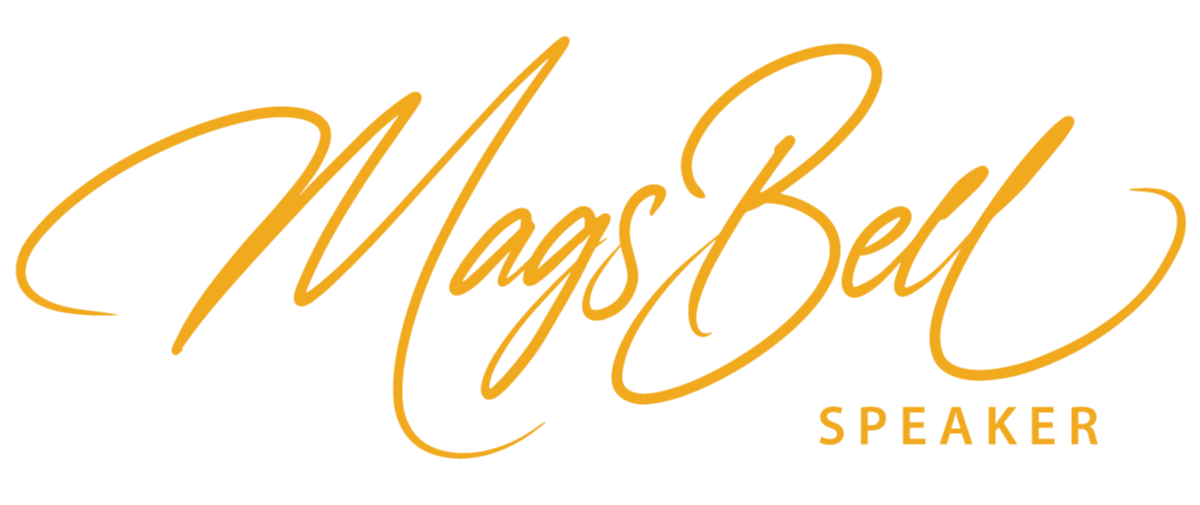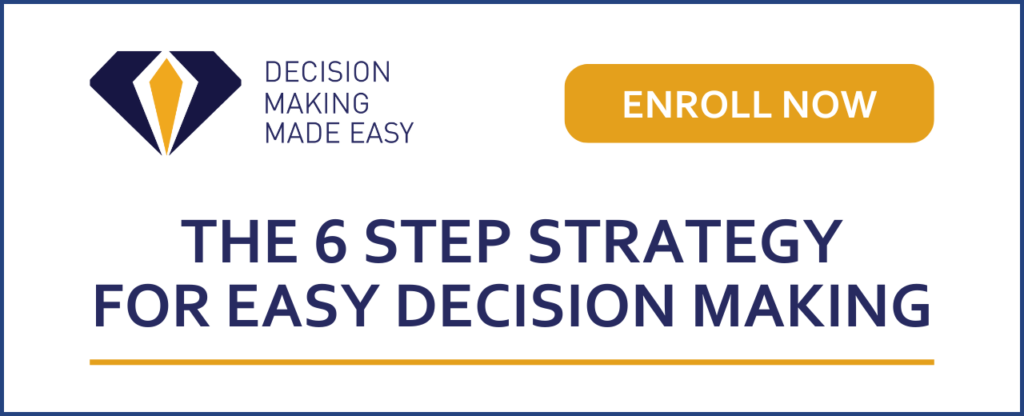Today, let’s delve into the crucial topics of conflict resolution and handling difficult conversations. While they may seem like separate issues, I believe they share a common approach. Our objective is to transform what might feel like a battleground into a constructive dialogue.
When we hear the word “conflict,” it often conjures images of chaos and strife, thanks in part to media portrayal. However, I see it as an opportunity to understand the perspectives of all parties involved and find a way forward. Conflict resolution is about exploring both sides and seeking a collaborative solution.
It’s all about Perspectives
Imagine you’re in a situation with someone, and you both have different viewpoints. It’s like standing in front of the number six. From your angle, it appears as a six. However, someone standing on the opposite side of the number may see it as a nine. Both perspectives are valid, and both are inherently right.
This simple illustration highlights a fundamental truth in conflict resolution and communication: people often perceive the same situation differently based on their viewpoints, experiences and beliefs. The issue often arises from our tendency to perceive one side as right and the other as wrong. This is where we go wrong – we need to consider how each person is looking at the situation and what they see, hear and feel. To address such conflicts effectively, it’s crucial to understand, try to view and respect all perspectives involved.
Handling difficult conversations can feel challenging because we are consumed by thoughts like, “What if I say the wrong thing?” or “Will they react negatively?” in LeadingME® Ladder of Leadership terms ‘Belittling’. Then there is the other side of the LeadingME® Ladder of Leadership ‘Bigging’ where we are consumed with thoughts of “What do they think they are doing?… not on my watch they don’t.” or “I’m going to sort them out once and for all.” The key is to approach them prepared, skillfully and balanced. (If you want to know where you are on the LeadingME® Ladder of Leadership, then click this link to hear all about it from Mags Live).
Here are some tips on how to handle difficult conversations:
Preparation Is Key
Effective conflict resolution and issue management requires careful preparation and a fact-based approach. People often jump to conclusions based on hearsay or gossip, which can lead to unnecessary conflicts. Instead, it’s crucial to encourage individuals to provide concrete evidence and stand by their claims if they bring forward concerns. This ensures that decisions are made based on factual information and not unverified rumours.
Furthermore, it’s important to be prepared for unforeseen personal matters that may arise during discussions. In these situations, maintaining a supportive and non-judgemental stance is essential. When addressing issues, take on the role of an investigative professional, gathering all relevant evidence and listening to all sides of the story. Create a safe space for them to share their perspective without judgement. It also includes any of your own firsthand experiences of the situation. You have the specifics logged. This approach helps you make informed decisions and handle conflicts with objectivity and professionalism.
Craft an Effective Opening Statement
The next important step is to begin the conversation with a clear and open statement. Being upfront and transparent about the issue is crucial; don’t try to hide or dance around it. When you approach someone with uncertainty or vague language like, “I’ve heard some things,” it can make the other person anxious and defensive. To prepare for this, craft an opening statement that sets the stage for a constructive conversation. You might say something like, “I’ve learned that there have been discussions about x, y, and z, and I’m here to listen to your perspective. I haven’t made any judgements; I simply want to understand your point of view.”
If you’ve done your preparation and feel confident, avoid jumping to conclusions or worrying about potential reactions. Staying neutral and clear in your statement can make the discussion smoother and more productive, ensuring that both parties understand what the conversation is about.
Listen, Listen, Listen
The key point to remember is the importance of active listening. As the saying goes, “We have two ears and one mouth for a reason,” which means we should listen more than we speak. After your clear opening statement, it’s essential to shift the focus from talking to listening. You do this by preparing a really good open question. This is the moment to put a mental “zipper” on your mouth and engage your ears. This means not just hearing words but trying to understand the emotions and thoughts behind them. This involves staying focused during the conversation, understanding their message and showing that you value their viewpoint.
If you find it necessary, you can let the other person know that you’ll be taking notes to help you remember important points and ensure you grasp their perspective. Then, make a conscious effort to truly hear what they’re saying and show them you are committed to understanding their perspective. This active listening approach will help facilitate a meaningful and productive conversation.
Recap and Clarify
Summarising back to them, what you thought you’d heard after the other person has finished speaking is a crucial aspect of effective communication. It’s important because sometimes, just like the number six and nine scenarios, we may interpret things our way. We tend to hear what we expect or want to hear rather than exactly what someone else is saying or meaning. This principle aligns with Stephen Covey’s insights in his book, “The 7 Habits of Highly Effective People.” His fifth habit encourages us to prioritise understanding others before seeking to be understood. It’s all about actively listening and comprehending before jumping to conclusions. By embracing this practice, you demonstrate your commitment to genuinely understanding the other person’s perspective before attempting to convey your own.
Collaborative Problem-Solving
When it’s your turn to speak, it’s essential to do so with an open mind. The aim is to present your perspective without hastily reaching conclusions or placing blame. Instead, prioritise seeking common ground and working towards a mutually beneficial solution. Engage in a dialogue with the other person. Ask questions like, “How can we resolve this issue together? What can each of us contribute to finding a solution?” It’s all about co-creating a resolution.
In essence, when it’s your opportunity to speak, it’s not just about expressing your perspective; it’s about doing so in a manner that fosters productive communication. The focus is on seeking common ground, initiating collaborative problem-solving, and creating a resolution that benefits all parties involved. This approach contributes to an environment where conflicts can be resolved, and constructive solutions can be achieved.
The Power of LeadingME®
Remember the 6 and 9 illustration shows that people often perceive the same situation differently, so, it is vital to shift towards a mindset aligned with “LeadingME®.”
In LeadingME®, we aim to strike a balanced ego, instead of letting our ego dictate our thoughts and reactions. To effectively manage difficult conversations, we must start by mastering our ego. This mindset helps us maintain confidence and clarity throughout the conversation. Here, we possess a clear understanding of the situation and are well-prepared to handle it effectively. In this realm of equilibrium, the ego no longer controls us, and we transcend the confines of blame, and self-doubt, we also transcend the confines of being judgmental and having to be right. These two sides of the LeadingME® Ladder of leadership just get us into trouble and frustrate us. Instead, when we master ego and stay balanced (LeadingME®) we are empowered to engage in productive conversations and make constructive decisions.
Want to learn more about LeadingME® and how to work on your shite? Join us on this masterclass. ⬇️ https://bit.ly/LeadingME®Masterclass_DecodingLeadershipDNA
Stay True, Stay You, and Keep Bringing Out Your Brilliance!

















